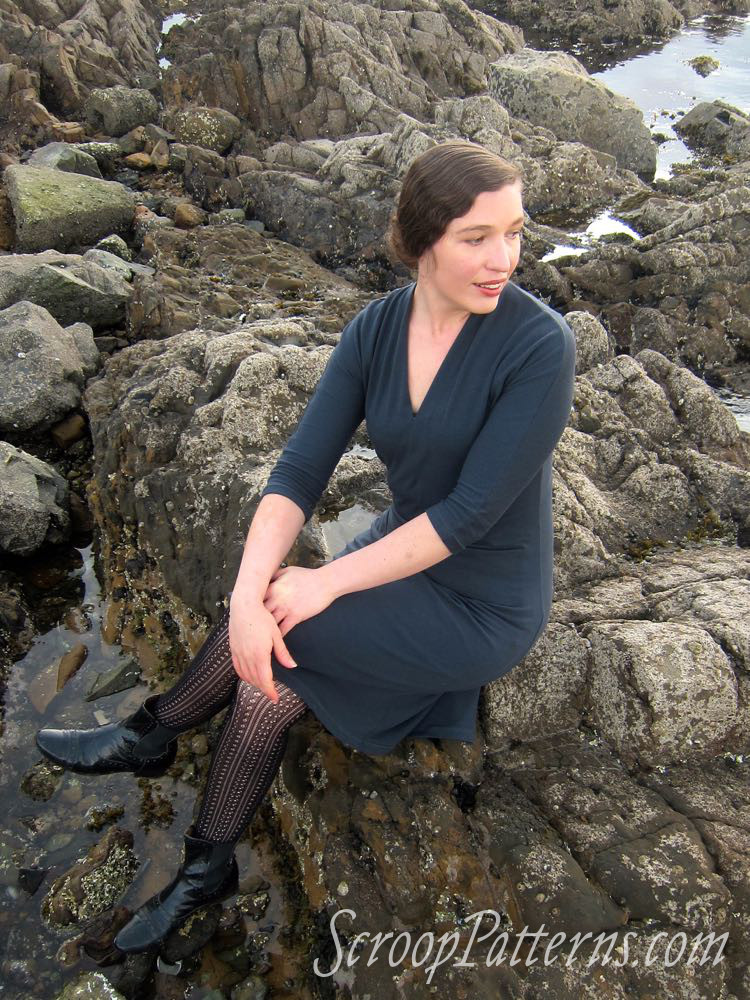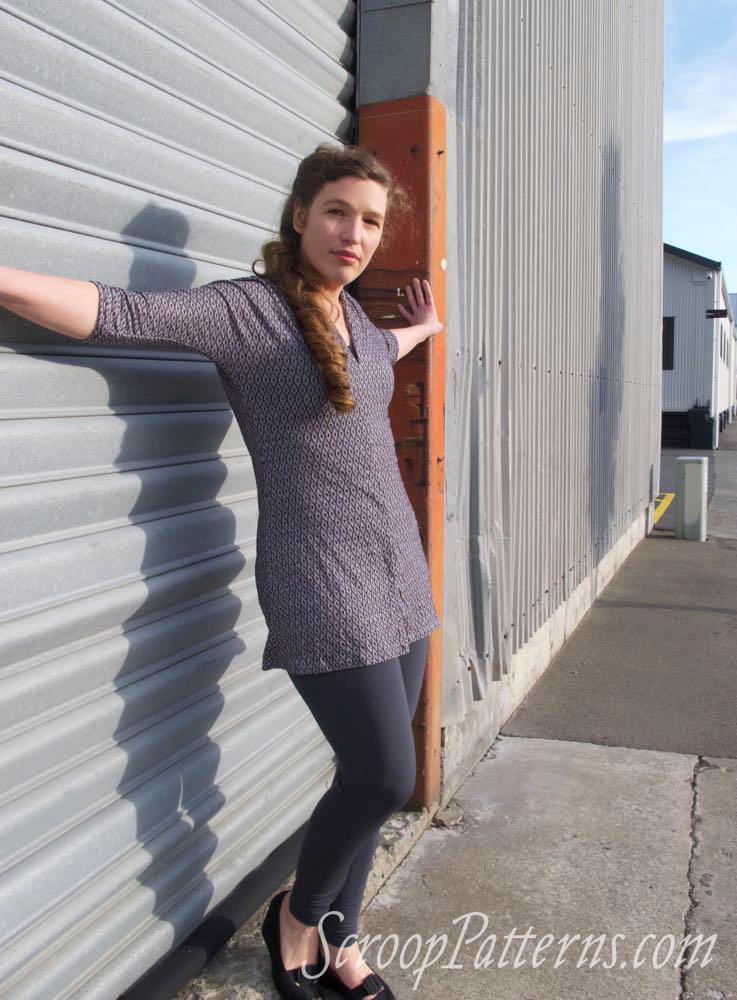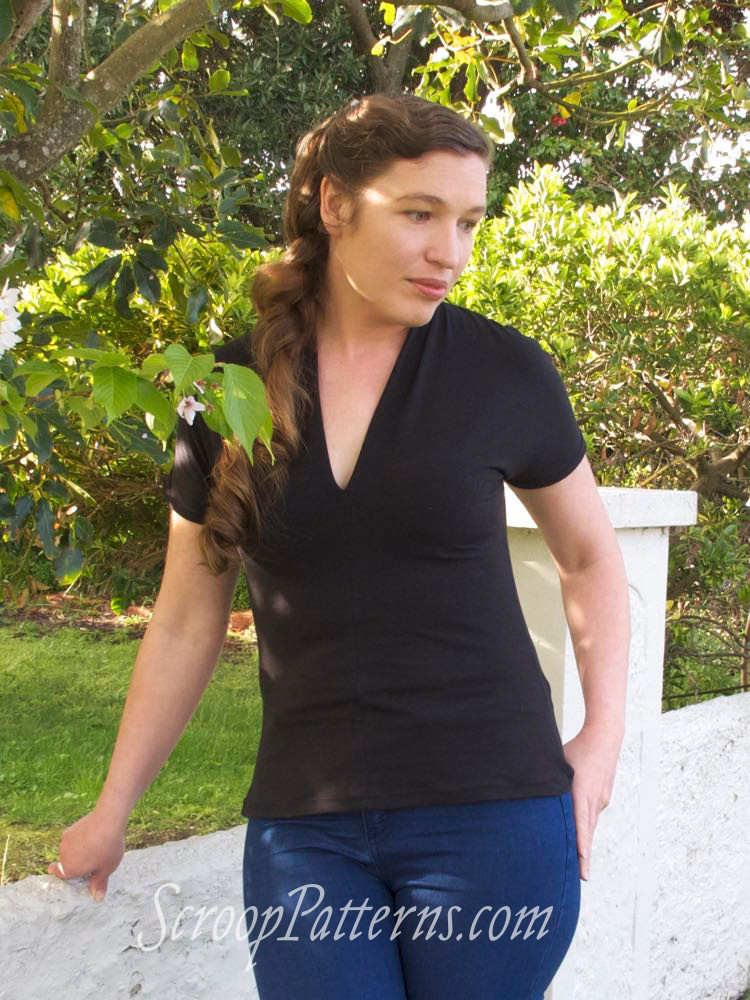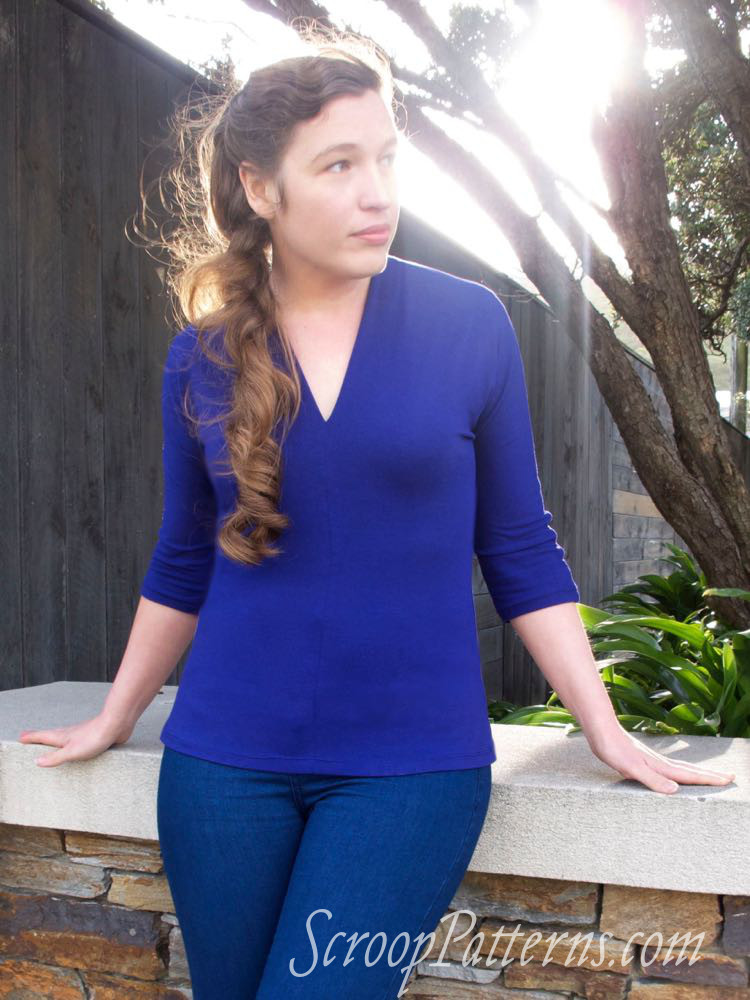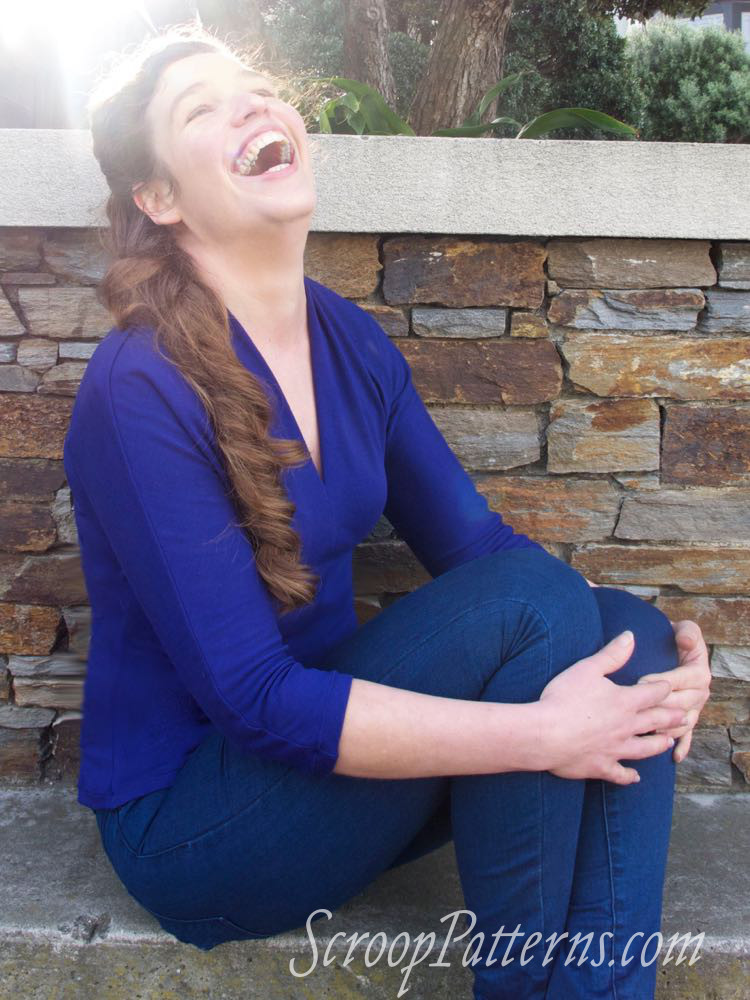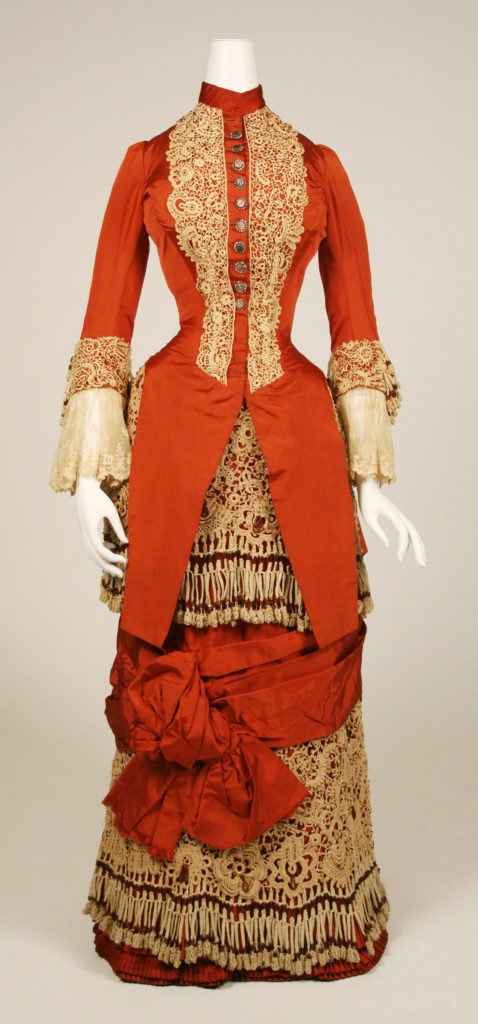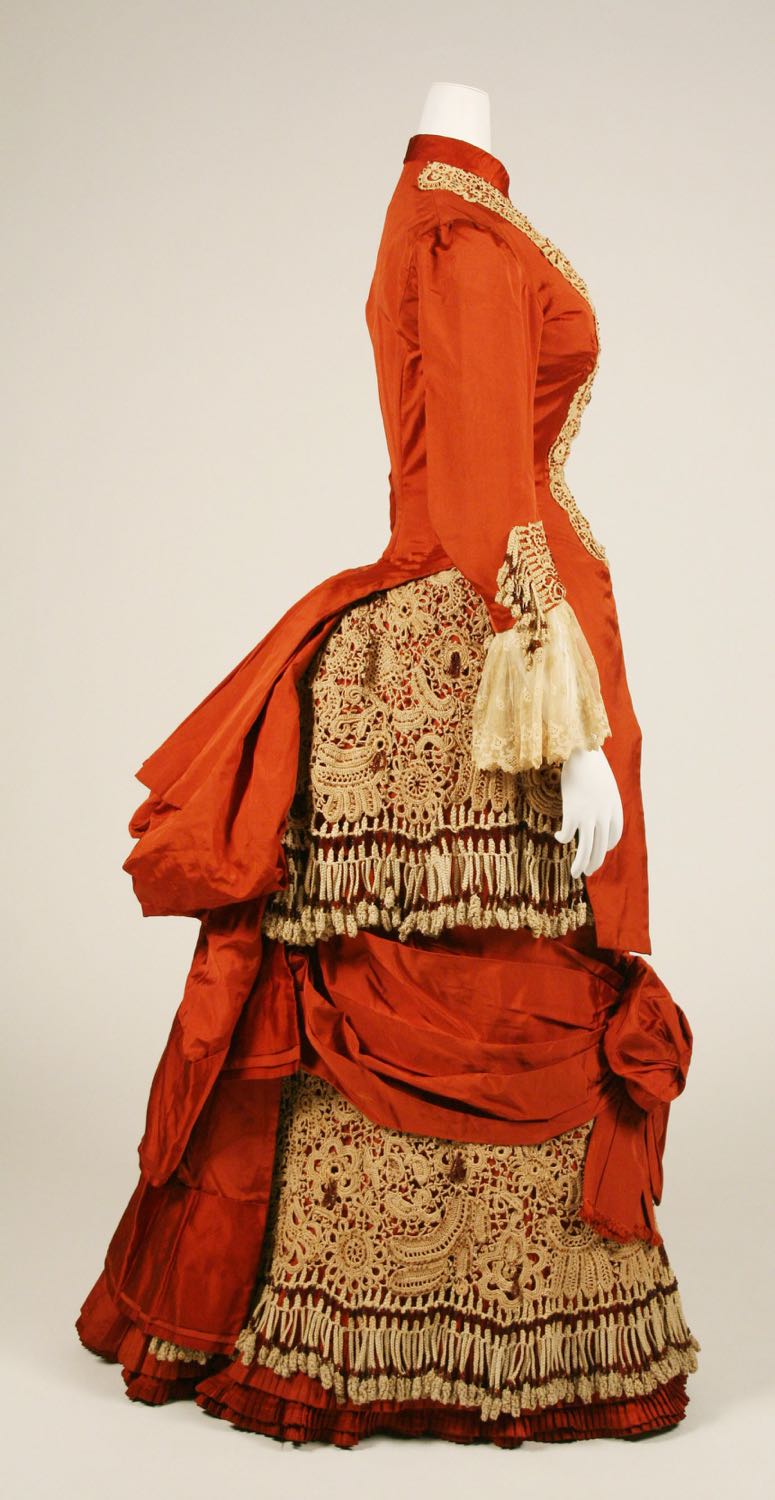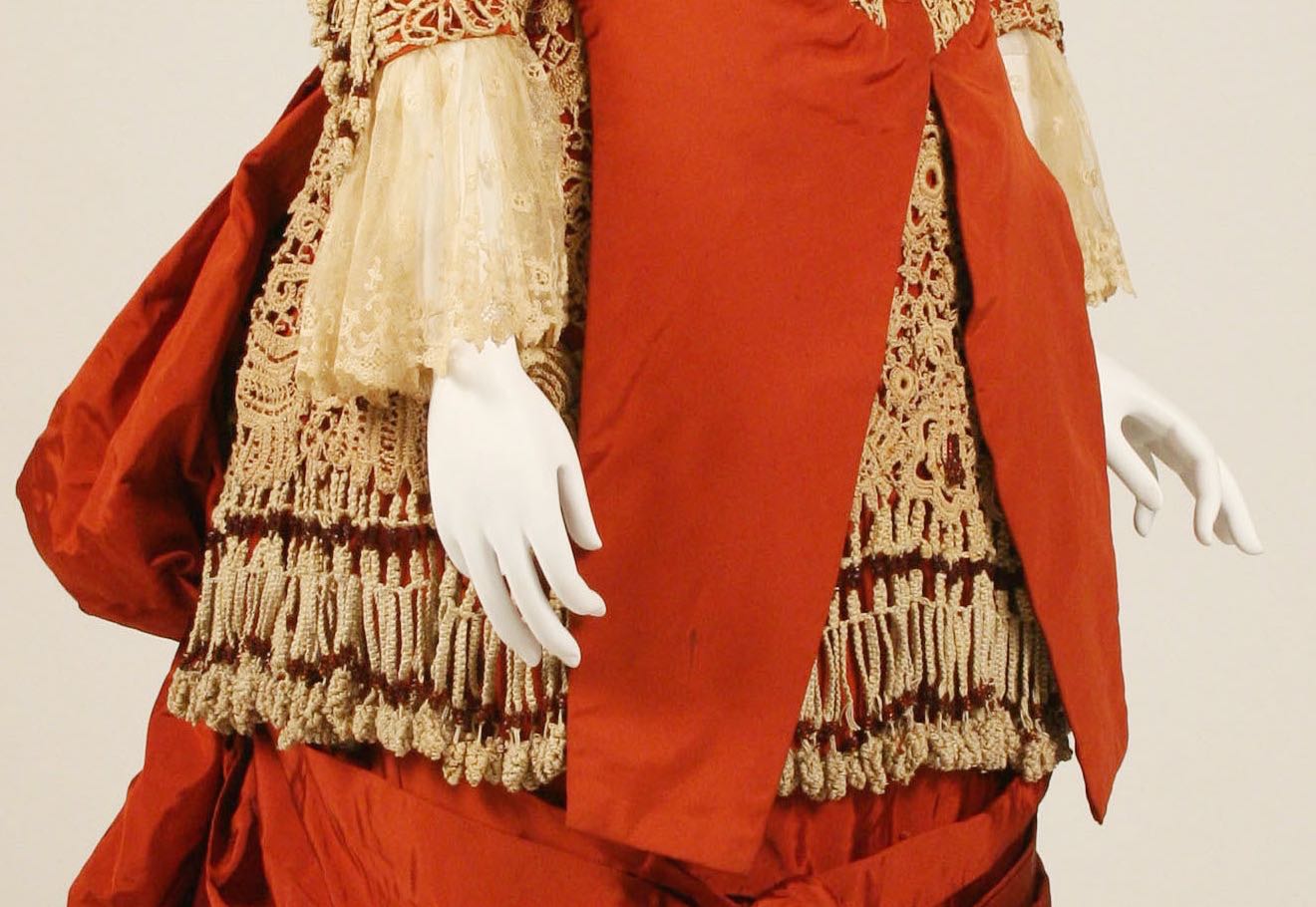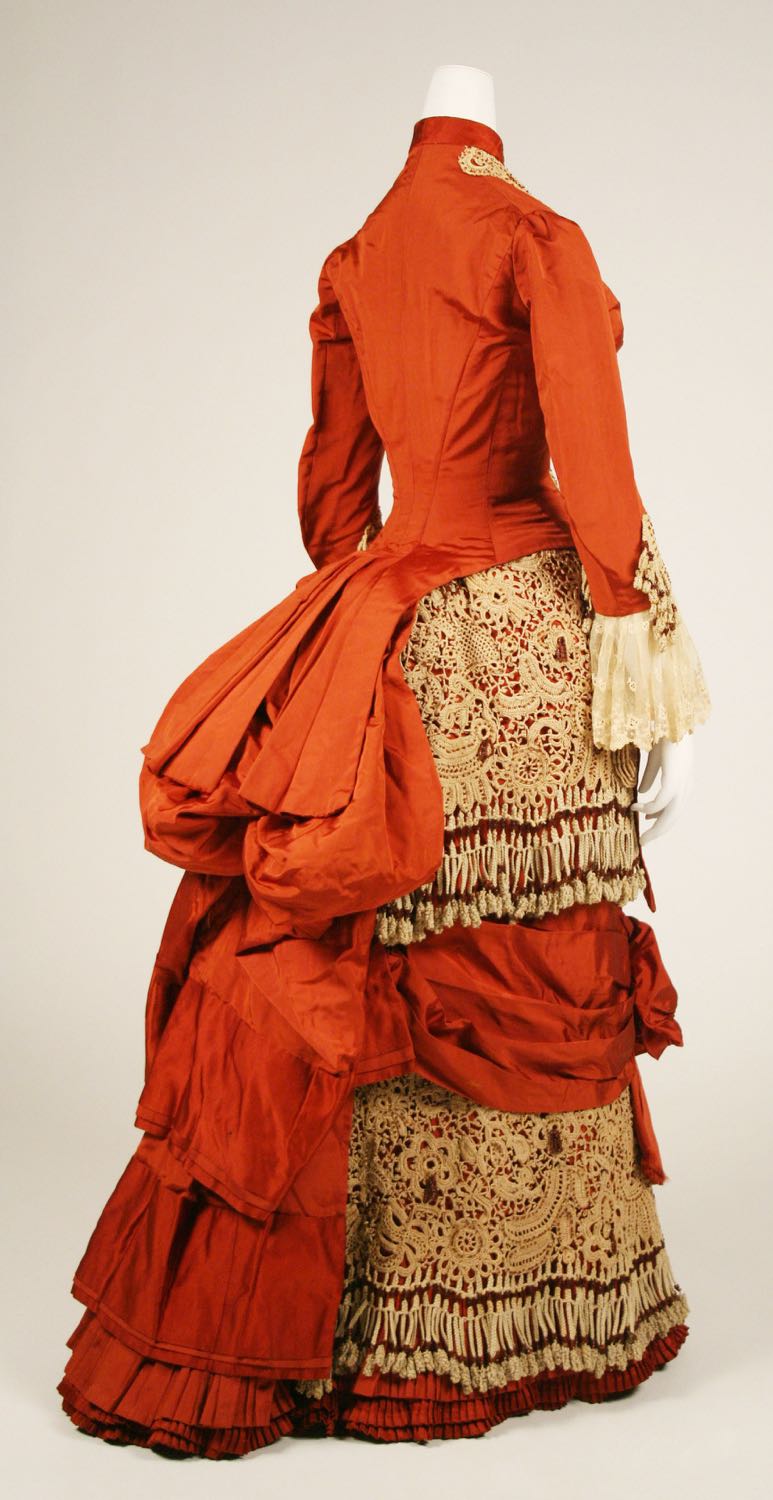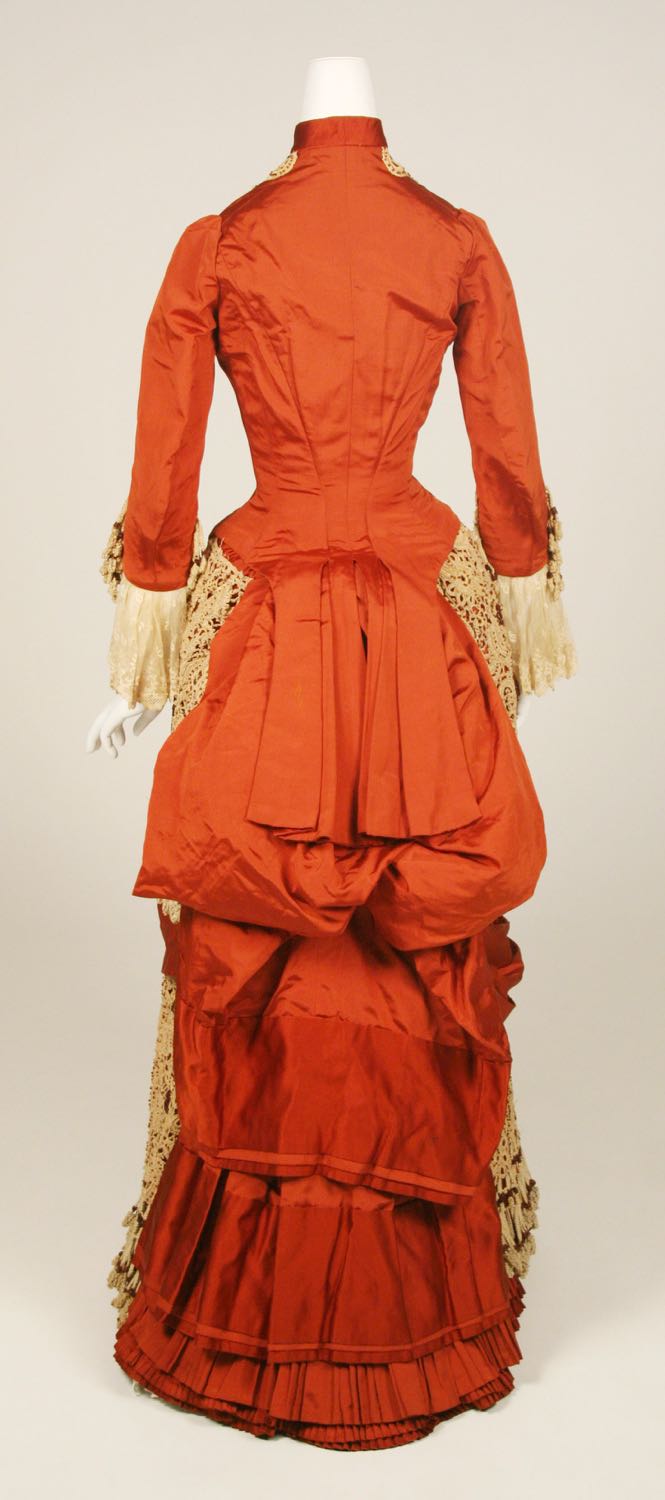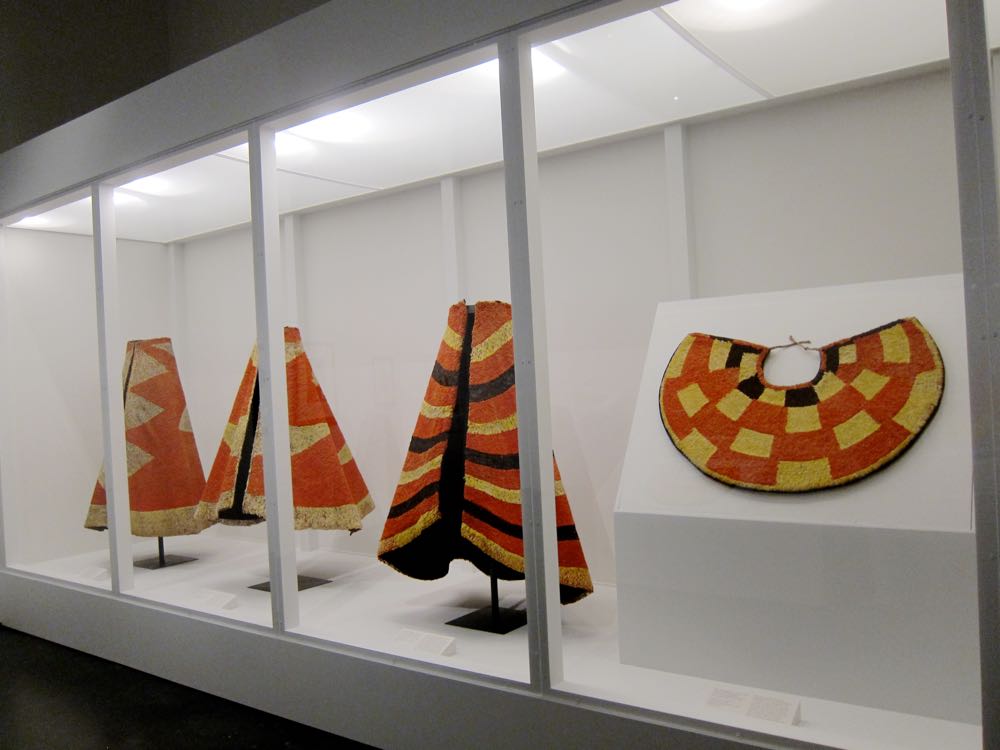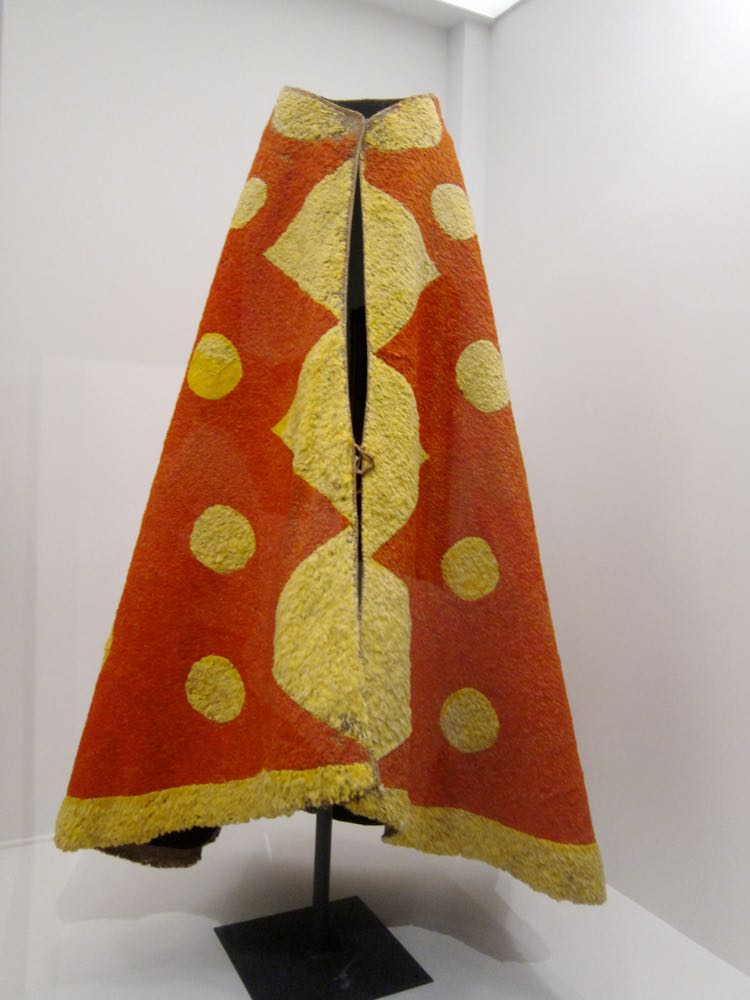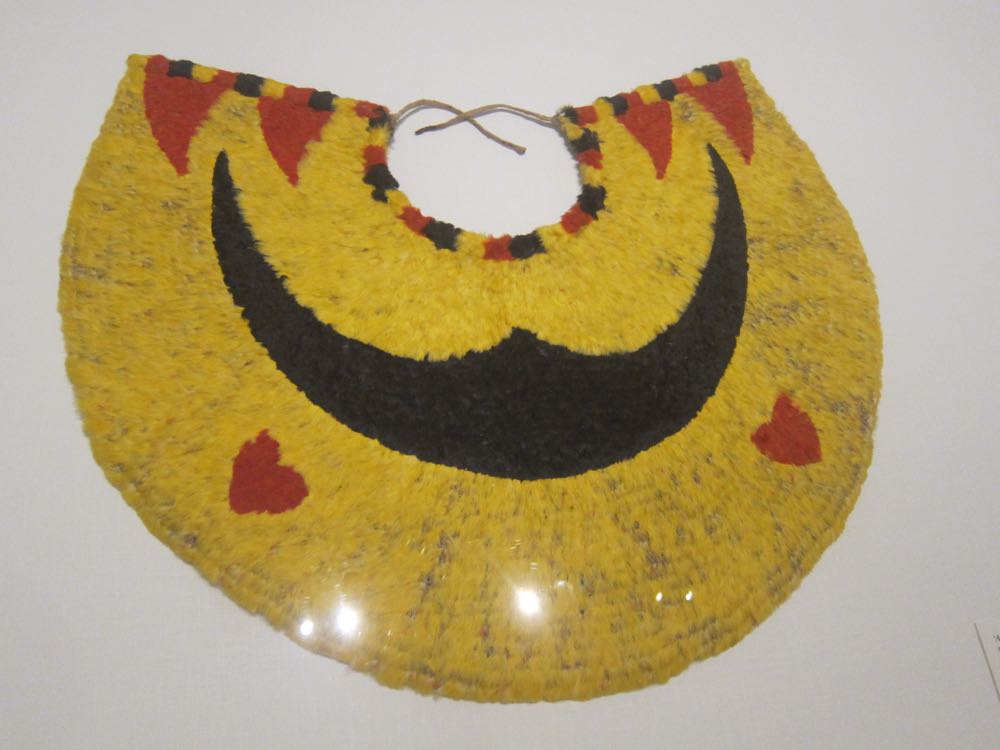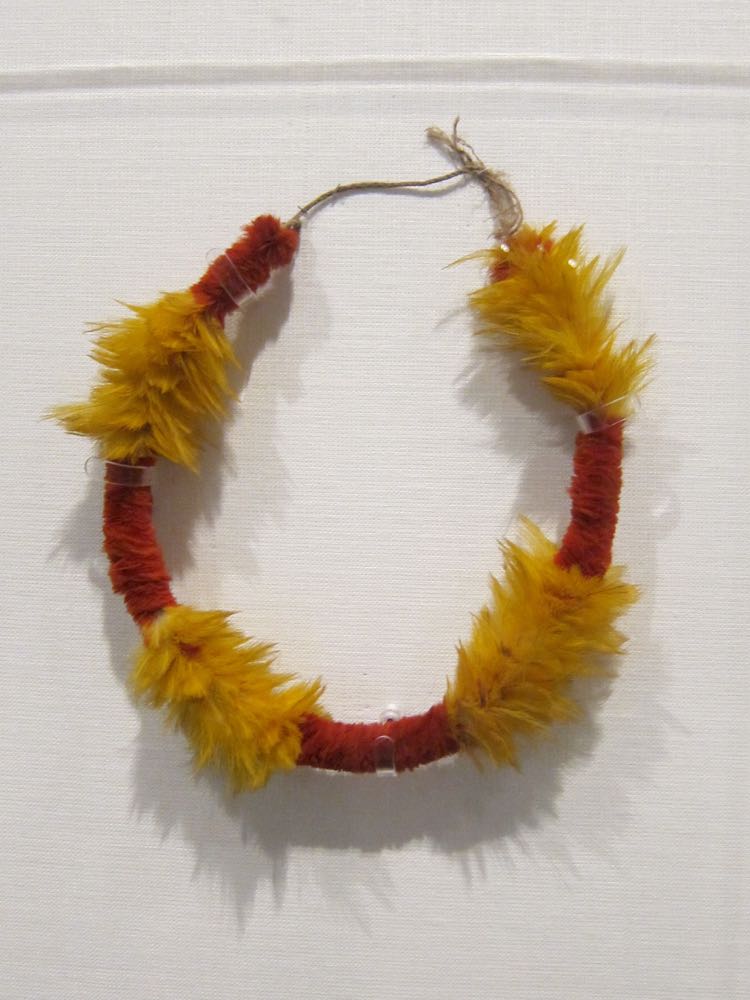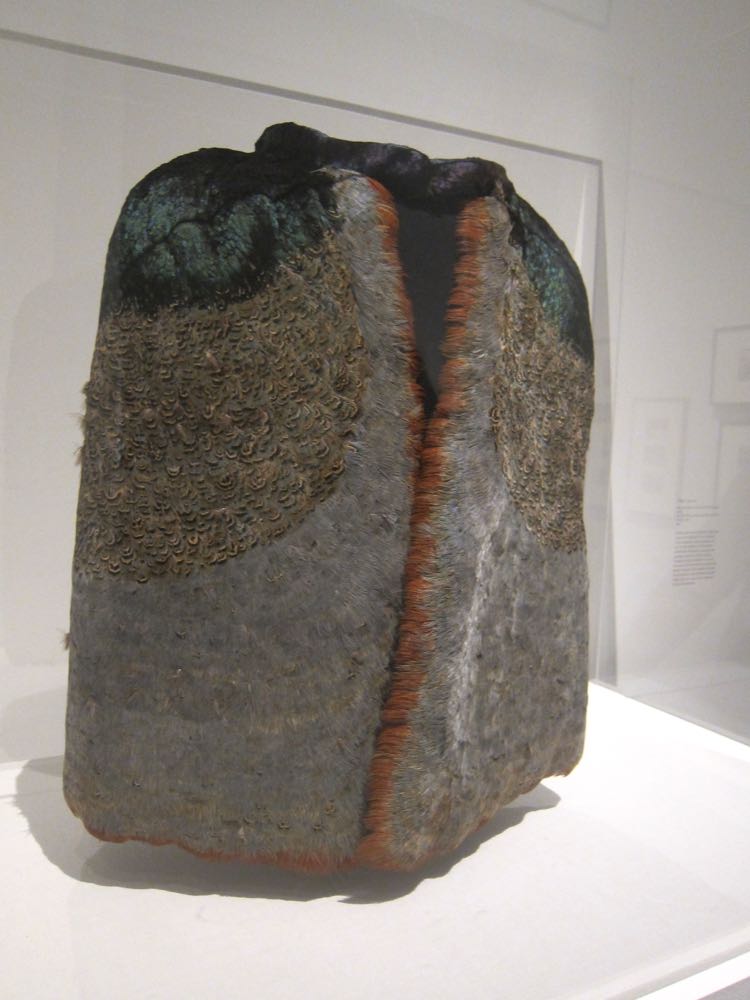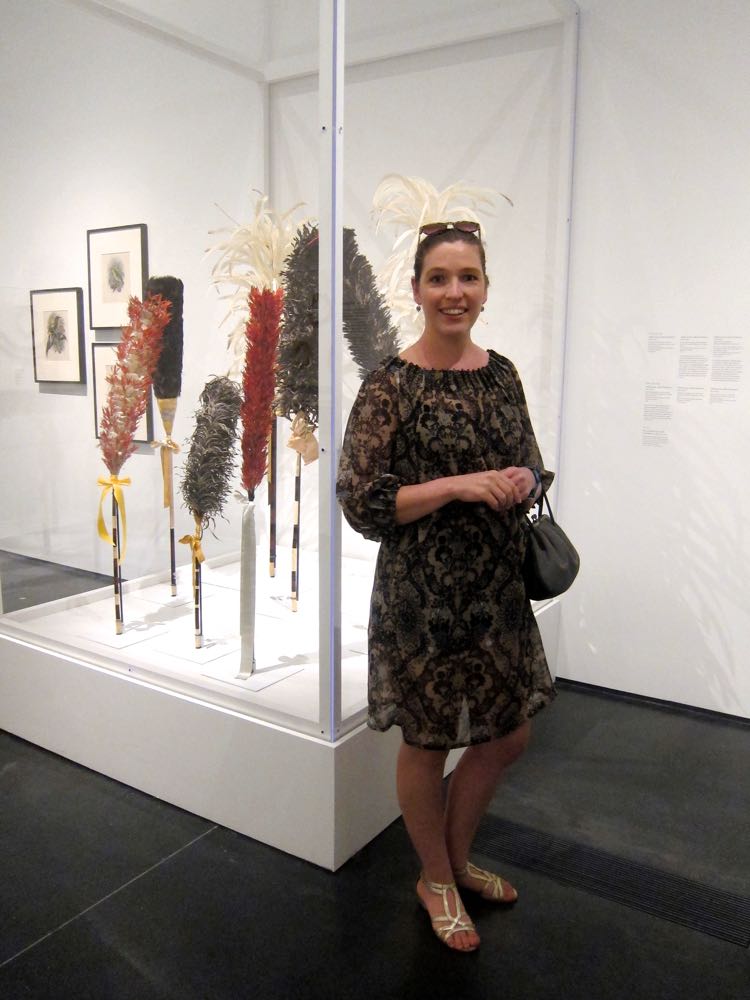It’s here! Say hello to the newest Scroop pattern: the Miramar Dress, Top & Tunic.
The Miramar is one of the most popular patterns that I teach with, and is also one of my favourite wardrobe staples for myself. It is designed to be a super easy introduction to sewing with knits for beginner sewist, and a fun, quick make for those with more experience.
Like my first pattern, the Henrietta Maria Dress and Top, the Miramar comes in my full size range: from bust 30″ to bust 50″, and has been tested in every size by my sewing students, and some awesome pattern testers, so you can be confident that it really does work on actual bodies.
All three garments feature a V-neck with self-collar, and short or 3/4 length cut-on sleeves. The top sits at mid hip, and the tunic at mid thigh. The dress loosens below the hips to form a softly flared skirt that ends at the knee.
In warm knits the dress makes great autumn and winter wear paired with tights and boots.
It’s shown here in a merino wool crepe knit with 40% stretch in both directions.
The tunic goes perfectly over leggings or jeans. Mr D says that this tunic with leggings is his favourite of all the outfits that I’ve ever made – quite a commendation!
My version is made of a merino/bamboo viscose blend jacquard knit from Levana Fabrics, with 30% stretch in each direction.
The top is a little dressier than a T-shirt, while being easier to make, and just as comfortable.
My short sleeved version is shown in a cotton/spandex blend with 40% stretch across the width, and 30% stretch along the length.
The long-sleeved version is shown in a merino/spandex blend with 50% stretch across the length and width.
The 3/4 sleeve versions of top, dress and tunic are my go-to top pattern for transitional spring and autumn weather, and in summer the short sleeve top is perfect with shorts and fun skirts.
The Miramar is named after Wellington’s Miramar peninsula, home to Wellington’s film industry, including Weta Workshops, as well as a spectacular coastline, with some of my favourite beaches and stretches of wild rocky shore. I’ve had many adventures in Miramar while wearing a Miramar – here’s to you having lots of adventures in your own Miramars, all around the world!


